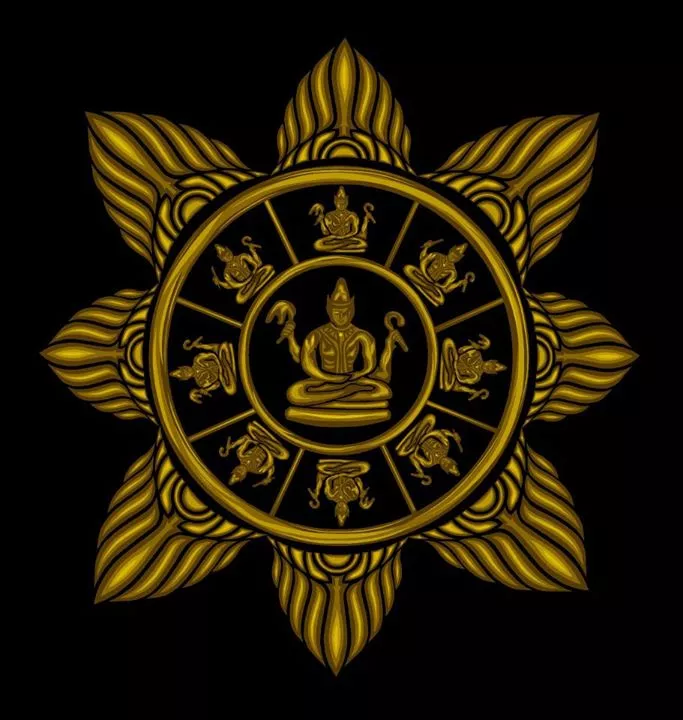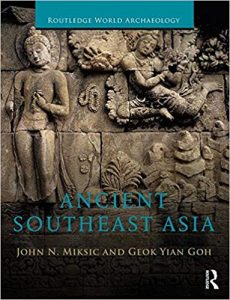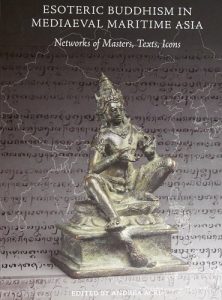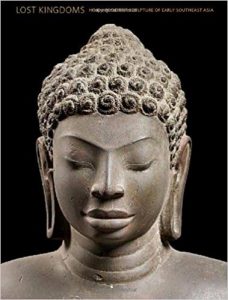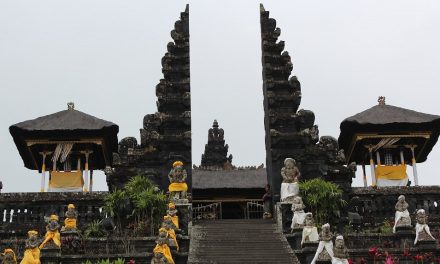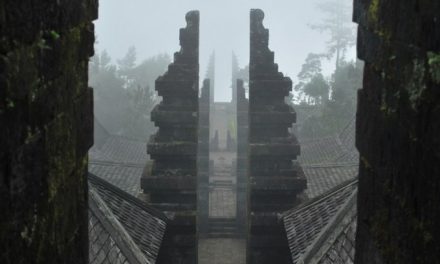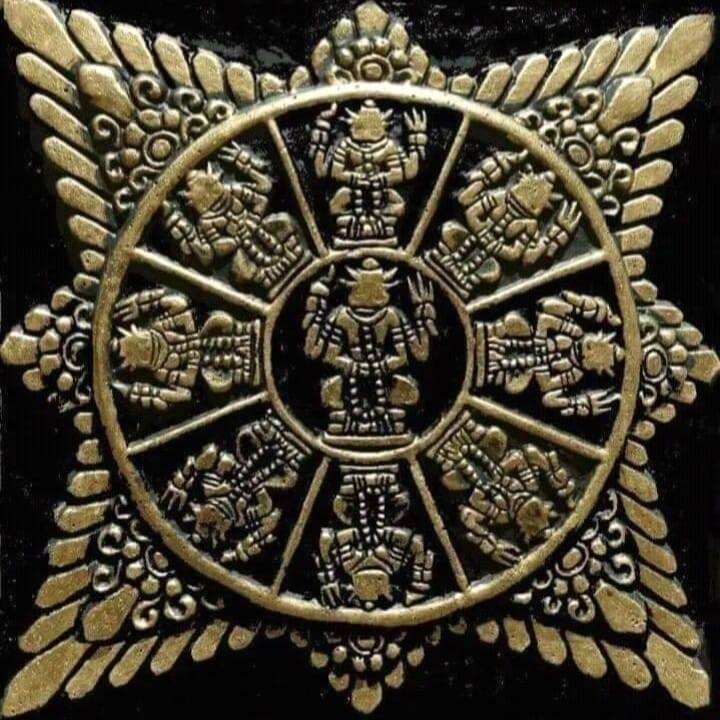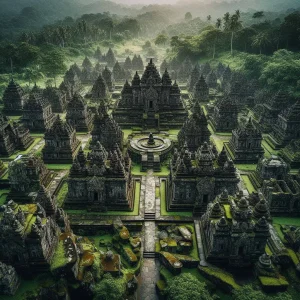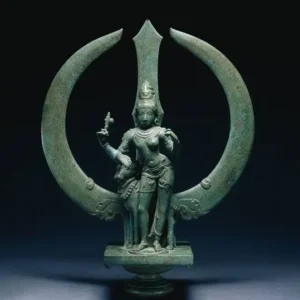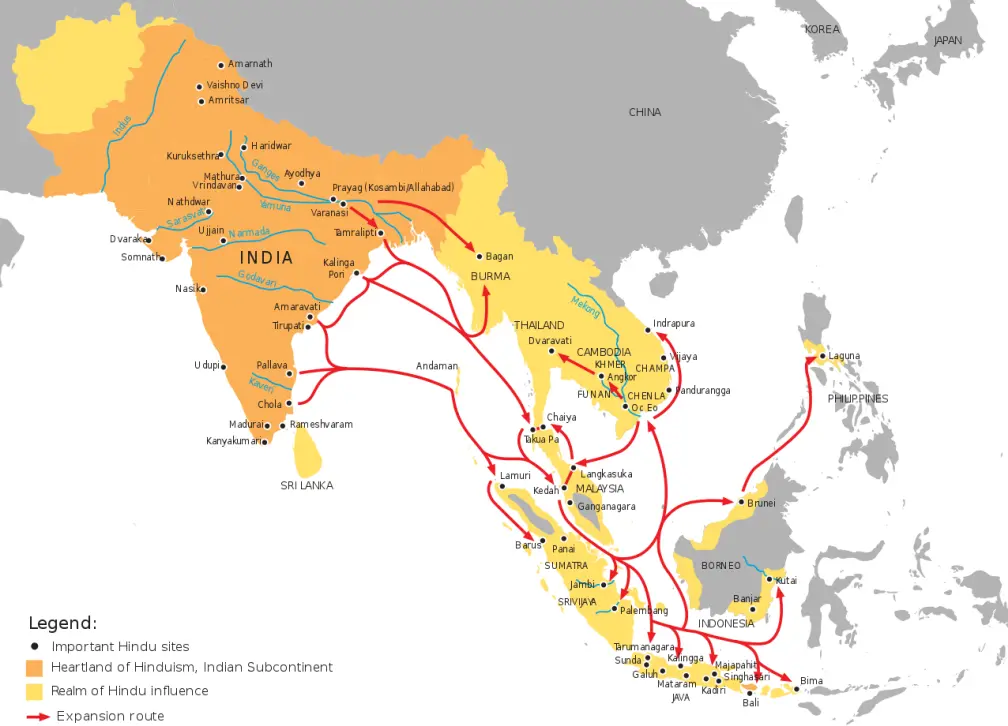
Only Since World War II has the term ‘Southeast Asia’ been used to describe the area to the East of India and to the South of China – for lack of a better term. Yet the original name of the region was known in ancient times as Dvipantara, a Sanskrit word for the “islands in between”.
Dvipantara
In 1275, the term Cakravala Mandala Dvipantara is used to describe the archipelago by the great Javanese king Kertanegara of Singhasari. Kertanegara envisioned the union of Southeast Asian maritime kingdoms and polities, against the menace of both Islam and the Mongols.
Ancient Sanskrit names describe the various parts of Dvipantara:
- Thailand, Cambodia and Vietnam were called Suvarnabhumi (the Land of Gold). References to Suvarnabhumi are found in the most ancient scriptures such as the Ramayana, the Jatakas and Kathasagara.
- Sumatra was called Suvarnadvipa (the Island of Gold).
- Burma was known as Indradvipa. The Ramayana also speaks of Burma as ‘the land of silver mines’.
- Sri Lanka was known as Lanka-Dvipa.
- Java comes from the Sanskrit Jawadwipa, which means a (dvip) island shaped like a barley corn (yawa). Jawadvipa is mentioned in the Ramayana, where Sugriva dispatched his men to Yavadvipa, the island of Java, in search of Sita.
- India was called Jambudvipa in the Agni Purana and many other Puranas, to distinguish it from Dvipantara.
A poem written by the Vaishnava saint Tirumangai, speaks of ports where “ships rode at anchor, bent to the point of breaking, laden as they were with wealth, with big-trunked elephants, and with mountains of gems of nine varieties.”
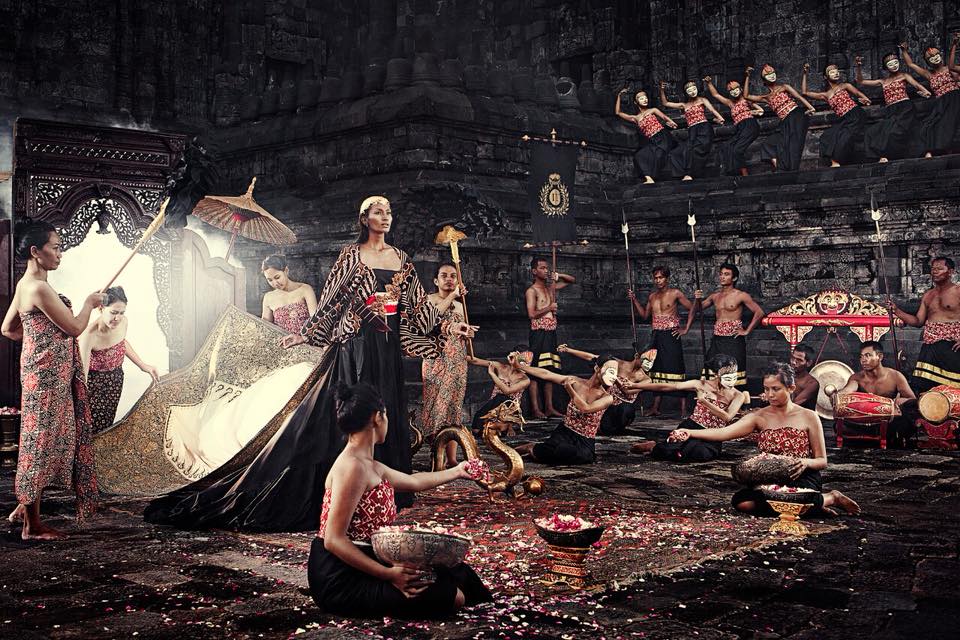
Image source: Era Soekamto
An interlinked maritime civilization
Official history dates the first Hindu-Buddhist kingdoms in Southeast Asia at slightly before the beginning of the Christian era. However, the Ramayana already knew of Java and Sumatra, which means that the connection between Jambudvipa (India) and Dvipantara (Southeast Asia) is actually much older than 2000 years in what has always been an interlinked maritime civilization.
The whole of South Asia appears to have been in constant maritime cultural contact and trade over the past 5,000 years and more. The term of ‘Greater India‘ was sometimes used in the 20th century to describe this cultural continuum between India and Southeast Asia, although the term ‘Indosphere’ is largely preferred nowadays.
It is not as if Southeast Asia was some sort of Indian colony, but it was rather always a two-ways relationship between Dvipantara and Jambudvipa, or even a circular relationship among all the kingdoms of Southeast Asia.
Scholars like Sheldon Pollock have used the term Sanskrit Cosmopolis to describe the millennium-long cultural exchanges in the region, that did not necessarily involving mass migration nor colonization.
Pollock’s book The Language of the Gods in the World of Men explains how the civilization of Dvipantara is comparable to what happened in Latin Europe, with Sanskrit as its unifying element.
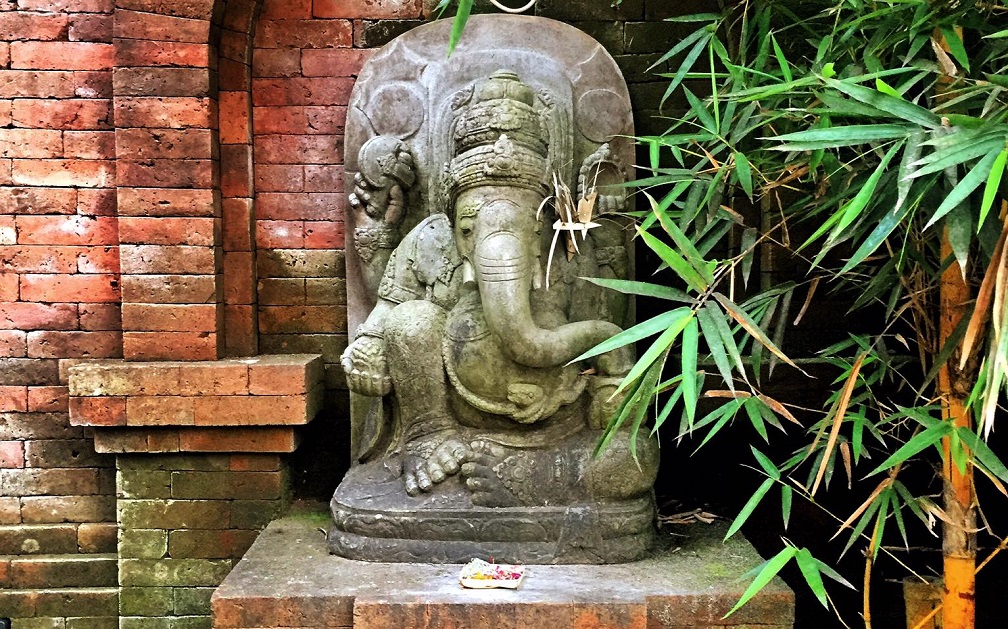
Dvipantara: a circular culture around the ‘Chola Lake’
Cultural and trading relations between the Chola dynasty of South India and the Southeast Asian Hindu kingdoms led the Bay of Bengal to be called “The Chola Lake”.
At the end of the 5th century, the area of the Mekong valley, Malaya and the Indonesian islands were dotted with Hindu kingdoms, which, like the kingdom of Funan, had attained considerable prosperity.
By that time, Hindu culture and organization had helped to organize and shape kingdoms and principalities from Malaysia to Borneo, from Java to Vietnam. This happened without conquest or invasion. The creative influence of Indian ideas alone, combined with trade, led to the emergence of the brilliant civilization of Dvipantara.
Southeast asian art has a lot in common to this day with the art of Kalinga (today’s Orissa). Many of the motifs on the walls of Borobudur and Angkor Wat resemble carvings of the temples of eastern India.
While South-East Asia became was a flourishing center of Indian culture, they were never subjects of any Indian king. They were perfectly free, politically and economically and their people representing an integration of Indian and indigenous elements had no links with any Indian kingdom.
Lost Kingdoms: Hindu-Buddhist Sculpture of Southeast Asia
South Asia: a continuum of civilization
The whole South Asian continent was a continuum of civilization. This is mentioned in the Matsya Purana, where for the first time is mentioned the cultural unity of Jambudvipa and Dvipantara.
So there was no “Indianization” per se, but more of a cultural continuum over two millennia where local cultures and religious traditions were standardized and somewhat uplifted within the fold of Hinduism. Ancient Indians travelers and traders had a famous motto: ‘Wasudhaiva-Kutumbakam’ (‘the whole world is one entity, one family’).
The Hindu kingdoms of Dvipantara were a result of centuries of socio-economic interaction having incorporated central aspects of Indian institutions, religion, statecraft, administration, culture, literature and architecture.
Hinduism in Southeast Asia often became richer and more complete due to its integration of local wisdom. The climate, flora and fauna of India and Southeast Asia are very similar, fostering the merging of similar lifestyles and culture.
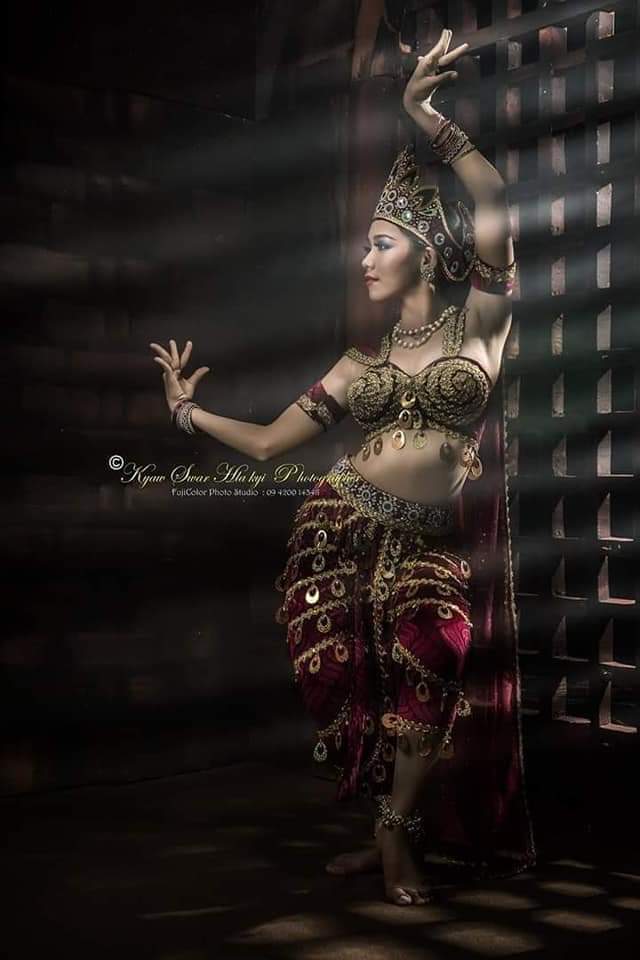
In the wealthy ports and centers where traders gathered, elites established a superior kind of political order that superseded the preexisting clan loyalties. Adoption of Indian civilization stimulated the development of highly organized societies. Kings ruled in accord with universal moral principles, through the spiritual concept of the chakravartin.
The region’s ruling classes invited Hindu Brahmans to serve at their courts as priests, astrologers and advisers. Art, architecture, rituals, and cultural elements such as the Rāmāyaṇa and the Mahābhārata had been adopted and customized increasingly with a regional character. Borobudur in Java and Angkor in Cambodia are examples of a distinctly developed regional culture, style, and expression.
From Burma to Indonesia and the Philippines, was a chain of settlements along the coasts from which they traded for gold, precious stones, perfumes, and spices. Sanskrit was the linga franca, Hindu art, technology, science and mathematics circulated freely along the coastlines.
For a thousand years, the Javanese were a major influence over Southeast Asia and especially the great Khmer kingdoms. had a great maritime influence, trading from the Philippines to India and all the way to Japan. They took all the knowledge they needed from abroad, merged it into their own culture, while trading in gold, precious woods and gemstones.
See also: The end of the age of Southeast Asia God-Kings
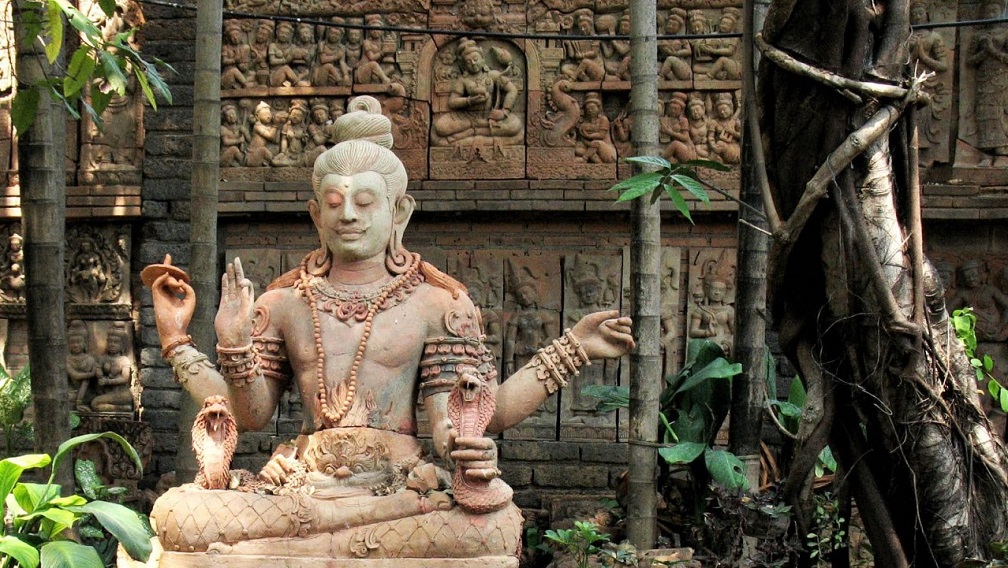
A Hindu sacral realm
Indian religion was profoundly absorbed by local cultures that formed their own distinctive variations of it in order to reflect their own ideals. Hinduism does not have a single founder nor a centralized authority, thus ensuring religious freedom. It also allowed for multiple forms of divinity that harmoniously integrated local traditions, instead of imposing a foreign form of worship.
In the 9th century, King Yashvarman of Angkor built hundreds of ashrams. Each of these, headed by a priest called a Kuladhyaksha, or visitor, was primarily a centre for higher learning and promoting religious and spiritual practices attracting large followings of devotees.
In Southeast Asia, as in India, China and Japan, local ancestor and spirit worship traditions were blended with Hindu and Buddhist conceptions. The caste system, although adopted, was never applied universally and was not as strict as in India.
The worship of Shiva and Vishnu was combined with local deities and ancestor worship. The Śailendras of Java and Śrīvijaya identified with Buddhism, as did the rulers of Pagan in today’s Burma. However, in most of the kingdoms, like Cham, Cambodia and Java, the predominant religion was Shaivism.
The Hindu-Buddhist civilization of South Asia
Hindu culture spread via the trade routes that linked India with Burma, Thailand, Malaysia and Sumatra to Java, Cambodia and Champa. Buddhism arrived in Burma in the 1st century and reached Funan in the 2nd century and by the 5th century had spread all across Southeast Asia, where Hinduism and Buddhism merged.
With the Moslem destruction of Buddhist universities in India, particularly Nalanda University, Buddhism in India was almost obliterated by the 12th century, yet became very dominant in Southeast Asia.
In Thailand, Cambodia, Myanmar, Malaysia, Laos and Vietnam, both Buddhism and Hinduism are intertwined to this day, with for example Lord Ganesha appearing predominantly as a protector, guardian and deity of success.
In Indonesia, Hinduism was so intermingled with Buddhism, that Shiva and the Buddha were incorporated in the same religion. Balinese Hinduism maintains this syncretism to this day, and the Shaiva and Buddhist priests sit side by side.
The ‘Lords of the Mountain’
The Hindu worldview, especially the relationship to the sacrality of the land, was already present in local traditions, and thus Hinduism only structured older Asian beliefs, such as the Cosmic Mountain.
The kings of Cambodia, Jayavarman VII (the founder of Angkor) and his successors were addressed by the people as King of the Mountain and they built their palaces and temples on hill peaks (as with the Bayon temples).
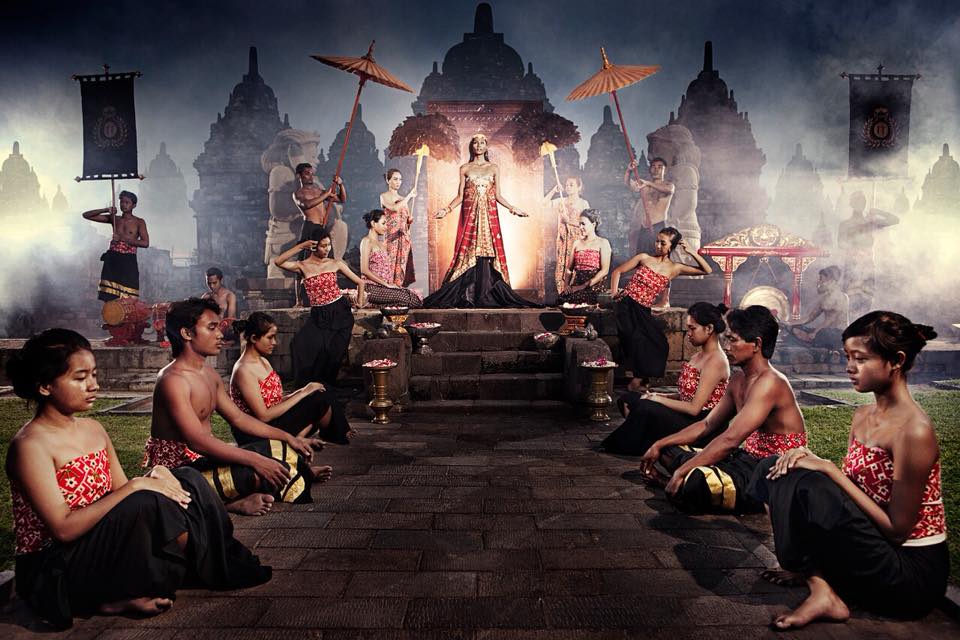
Image source: Era Soekamto
Dvipantara’s indigenous art and architecture
Art and architectural creations in Dvipantara rivaled those built in India both in size and in spiritual and aesthetic significance. The most notable examples are Borobudur and Prambanan in Java and Angkor Wat in Cambodia.
The art which the Hindu-Buddhist kingdoms of Dvipantara produced owes its extraordinary qualities to the genius of the native people. Indian spirituality only opened up themes for cultural and artistic development.
For example the Khmer sculpture is very different in appearance from Indian carvings, and form uniquely Southeast Asian stylized figures of gods, goddesses, Buddhas, Apsaras and demons.
In short, Southeast Asia built its own indigenous civilization based on an Indian blueprint. The Hindu-Buddhist culture and achievements of Southeast Asia often surpassed that of India. Sculptors and artists integrated Indian motifs with local artistic motifs to arrive at something distinctively Southeast Asian and produced stylized masterpieces of their own.
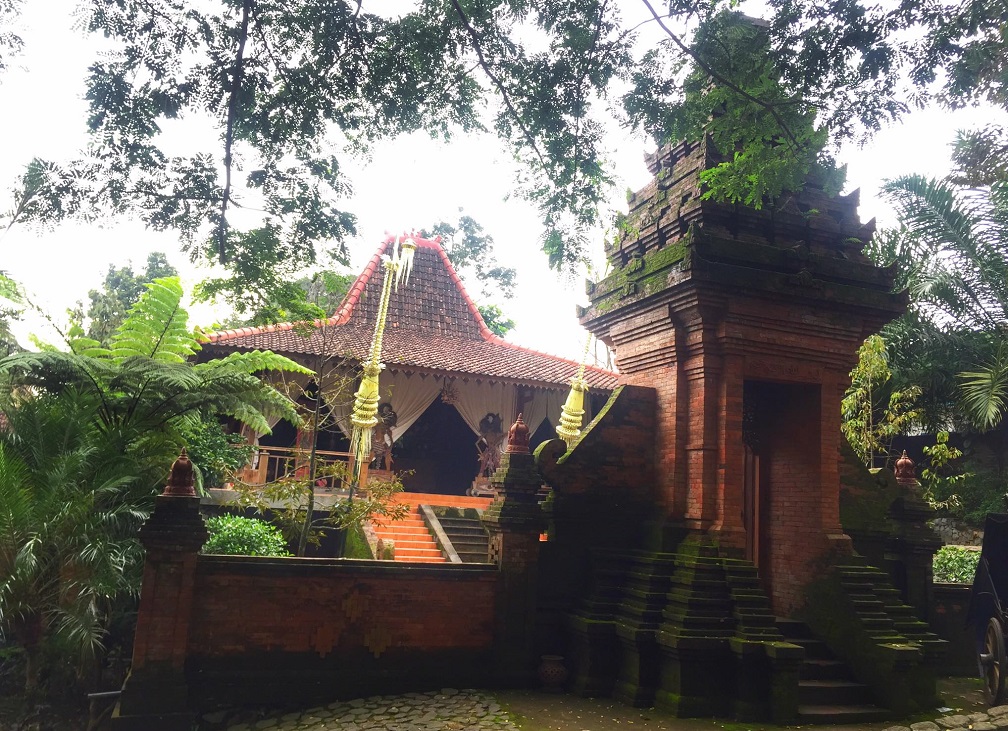
Trade and Cultural interaction in Dvipantara
The traders brought gold, spices and natural resources from Dvipantara to India, while the Brahmins brought the religious and philosophical traditions from India to the various kingdoms of Dvipantara.
The trade networks brought an influx of Brahmin scholars, who impressed the Southeast Asian elites with their knowledge of law, arts and philosophy. The Brahmins were knowledgeable in political affairs, art and architecture. They were invited by rulers to serve as advisors, administrators and priests. Sanskrit was the vehicle for the transmission of knowledge.
Through their knowledge, the Brahmins were able to create prosperity in all kingdoms. They became sought after and their practices were propagated throughout all of Southeast Asia. Sanskrit terminology was used in all legal aspects of government and spirituality. Similar codes of law and public administration wee adopted everywhere.
Brahmins influenced beyond just the fields of religion and philosophy. They also brought their very efficient codes of law and architecture. It was therefore a natural symbiosis rooted in a similar geographical environment. For instance, the food and flavors of South East Asia are closely related to the Indian ones.
As the various kingdoms developed and prospered through their knowledge of the scriptures and shastras, Hindu-Buddhist religion and civilization spread to in Southeast Asia. Indian spirituality, political thought, literature, mythology and art were absorbed deeply into local culture.
Indian knowledge found a fertile environment in Southeast Asia, a fertile land of spices, precious woods, gemstones and other natural resources. The Indonesian ‘jamu’ medicine of today is only a remnant of the Ayurvedic practices from the time of the Javanese Hindu kingdoms.

Reconstruction in the Majapahit style
The unification of Dvipantara around the Ramayana
Dvipantara incorporated and blended the best of Indian culture, in a unity-in-diversity principle. All over Southeast Asia, the Ramayana is seen as the founding myth of society, and has long been the theme for art, drama, dance and poetry.
The Mahābhārata and the Rāmāyaṇa were recognized by local rulers, who easily identified with a divine ruler who battled and defeated the wrong doers that threaten the ethical order of the world.
The epic traditions of the Mahābhārata and the Rāmāyaṇa gave legitimacy to a ruler identified with a god who battled the demonic forces that threaten the ethical order of the world.
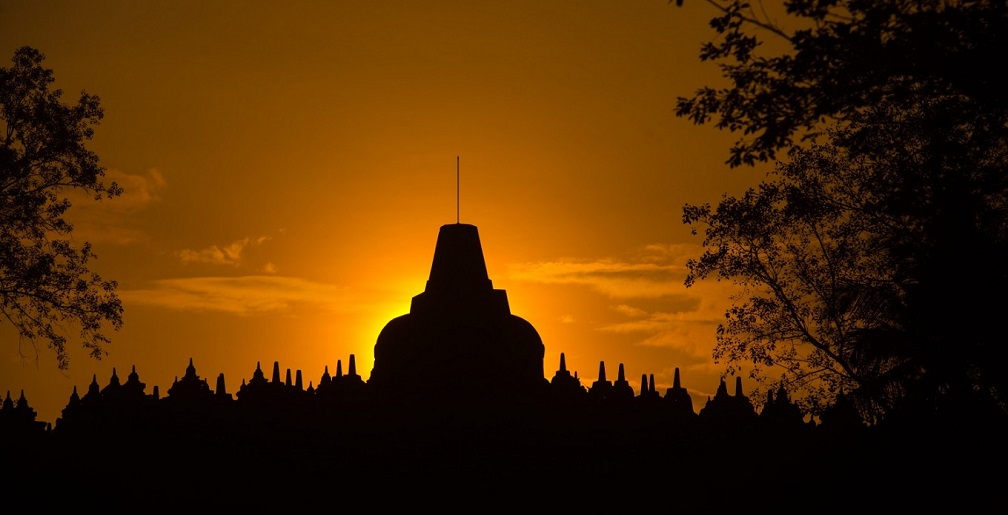
The ancient city of Polonnaruwa in Sri Lanka, the Thousand Pagodas at Pagan in Burma, the imperial city of Angkor Wat in Cambodia, the holy temples of Borobudur and Prambanan in Java are all testimony to the classical cultures of Dvipantara.
The Sanskrit Cosmopolis of South Asia
All names of places in Southeast Asia are of Sanskrit origin. For example Aranya Prathet in Thailand means ‘the jungle province’ or Aranya Pradesh.
‘Indianization’ did not come from outside, but was the product of the indigenous cultures using Sanskrit as a linga franca and Hinduism as the cultural and spiritual frame. All Southeast Asian scripts derive from the Brahmi script used to write Sanskrit. Languages from Burmese, Thai, Laos, Cambodian and Indonesian languages are all derived from Sanskrit.
The political cultures of Java, Cambodia, Burma, and Thailand today still reflect the heritage of early kingdoms in which Indian religious concepts were welded to local traditions.
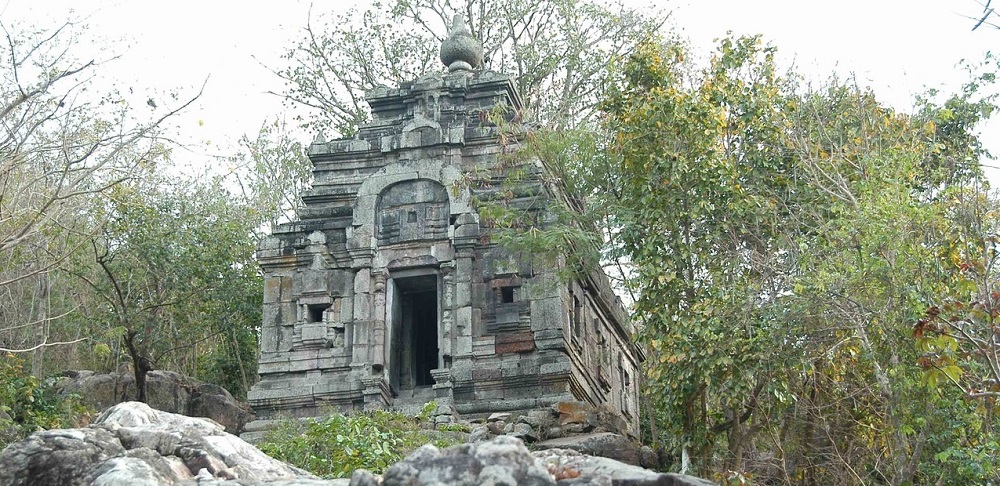
Angkor Borei Temple, Cambodia
Downfall and scattering of Dvipantara
After the 13th century, the decline of Southeast Asian civilization followed that of India, when the Indian coast and interior fell under attack from the Mughals and other Mohammedan tribes, who then made their way through the trade routes all the way to Malaysia and Indonesia, where a slow, creeping islamization progressively destroyed the native kingdoms that had flourished for fifteen centuries.
Later, Southeast Asia was dismembered into colonies of the British, French, Dutch and Spanish. In this process, the cultures of Southeast Asia were totally obscured by the new colonial dominions.
